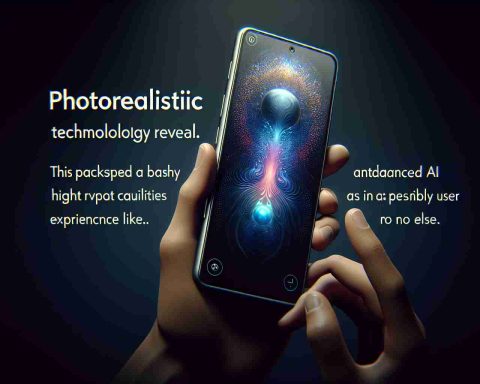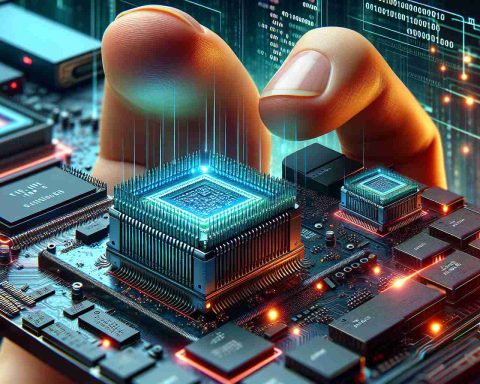In an era where smartphones are our constant companions, the demand for faster and more efficient storage solutions is soaring. Micron Technology, a leader in memory and storage solutions, has announced a groundbreaking advancement that is set to revolutionize the smartphone industry. This innovation, which focuses on upgrading NAND technology, promises not only to enhance storage capacity but also to significantly boost the speed and performance of future smartphones.
Faster Than Ever: Micron’s latest development involves the introduction of a cutting-edge NAND technology, dubbed UFS 4.0 (Universal Flash Storage). This advancement marks a leap in data processing speeds, boasting a transfer rate twice that of its predecessor. The new UFS 4.0 will enable lightning-fast data access and retrieval, catering to the ever-increasing demands for high-performance applications and seamless multitasking.
The Game Changer: The improved storage also means that smartphone manufacturers can offer larger-capacity options without compromising on size or efficiency. Users will be able to store more high-resolution photos, videos, and apps without worrying about running out of space. This upgrade will make a significant impact on the gaming industry, streaming services, and even artificial intelligence applications on mobile devices.
What Lies Ahead: As Micron continues to push the boundaries of storage technology, consumers can anticipate a shift towards even smarter, faster, and more capable smartphones. This advancement not only satisfies current technological demands but also paves the way for future innovations in smartphone capabilities. With breakthroughs like this, the future of mobile technology looks promising and exciting.
Unveiling the Future of Mobile Storage: Beyond the Basics
In the quest for superior smartphone performance, Micron Technology’s NAND UFS 4.0 breakthrough is stealing headlines. However, there’s more beneath the surface that promises to fundamentally change how we interact with our devices and, consequently, the world around us.
Broader Impacts on Society: As smartphones become faster and boast greater storage, this innovation could democratize access to technology-rich tools. Rural and developing areas, often hampered by slower devices, may find enhanced connectivity and productivity within reach, bringing educational and economic opportunities closer. On the flip side, the digital divide might widen if newer, costlier models outpace the financial reach of these communities.
Opportunities for Innovation: Beyond individual users, entire industries stand to gain. Augmented reality (AR) applications, which require quick data retrieval and sizable storage, can flourish, transforming fields like healthcare, education, and maintenance. Imagine surgeons accessing updated patient data in real time or students experiencing interactive history lessons.
Environmental Considerations: With increased storage and processing power, there’s potential for more energy consumption. However, advancements such as UFS 4.0 are also optimized for efficiency, hinting at reduced power usage per bit of data. Still, e-waste could surge with users frequently upgrading, prompting ongoing debates over sustainable practices in tech consumption.
Pros and Cons: While the positives are immense, including improved user experience and business advancements, challenges like cost implications and environmental sustainability persist. Will these technology leaps eventually level the playing field globally, or will they deepen existing inequities?
For more information on technology trends, visit Micron Technology.























